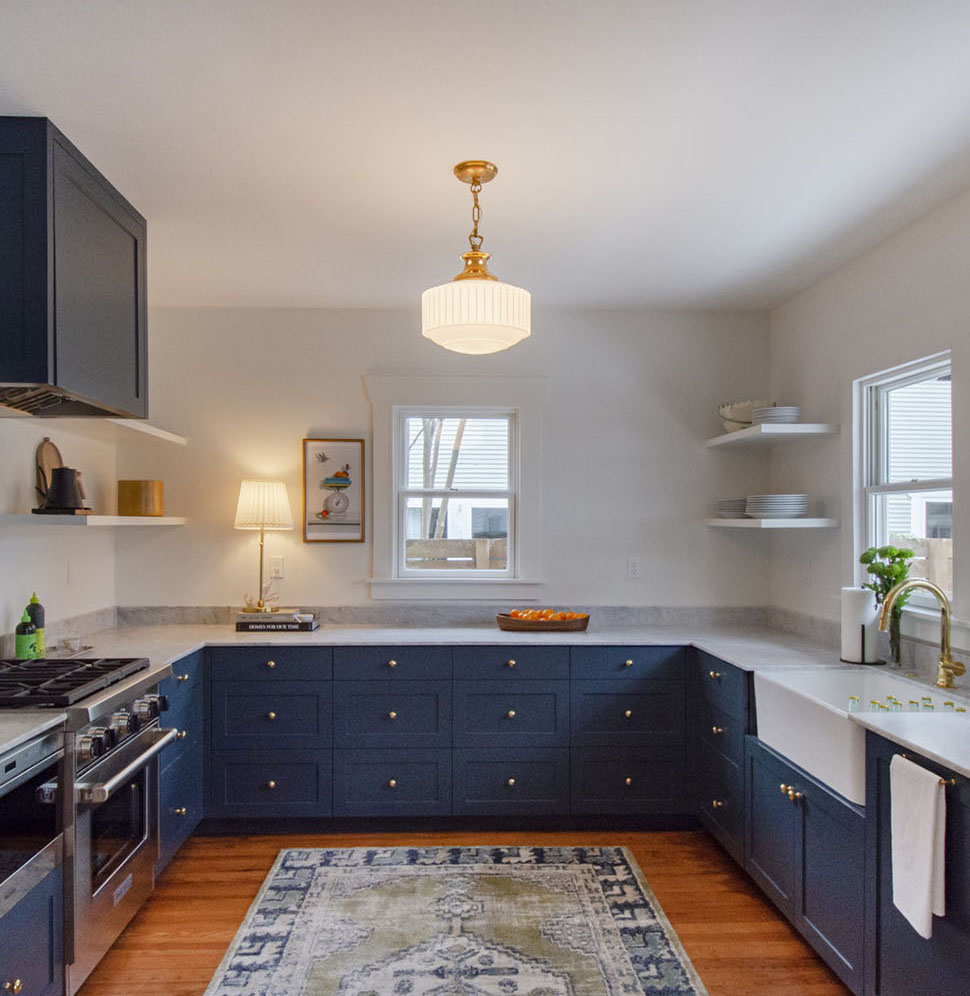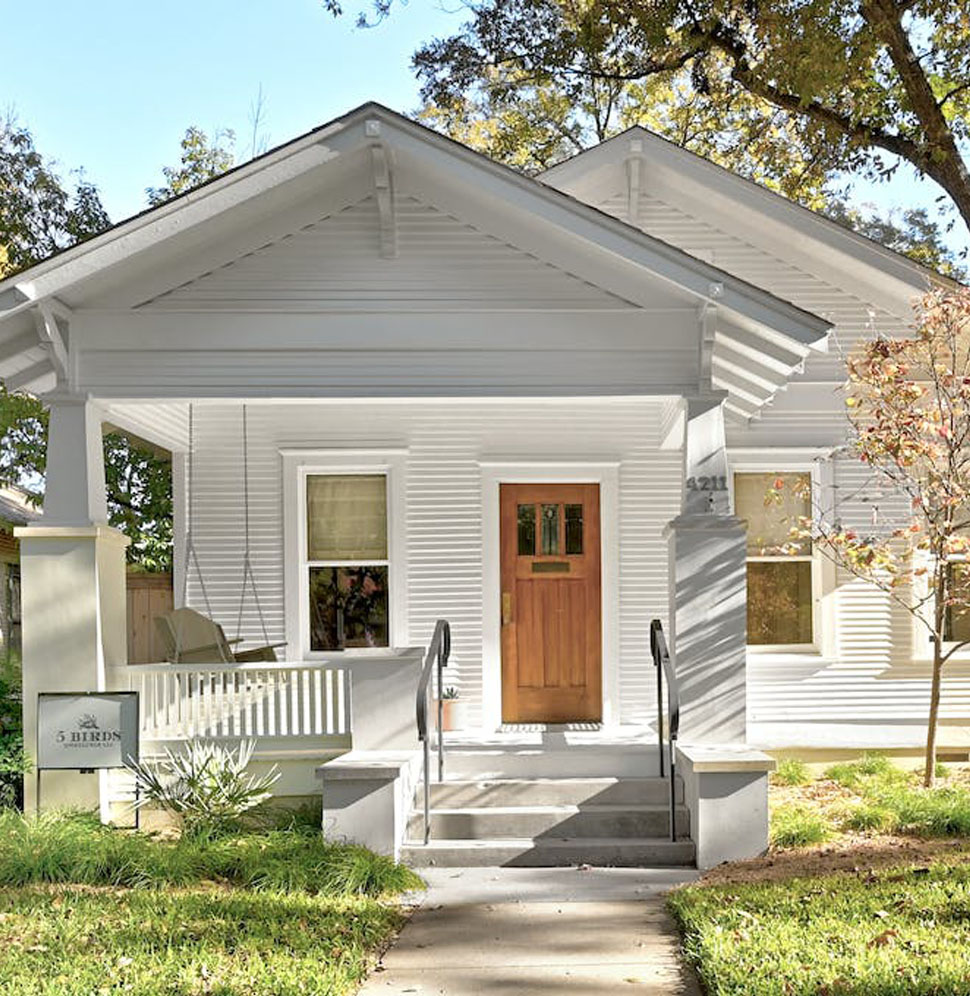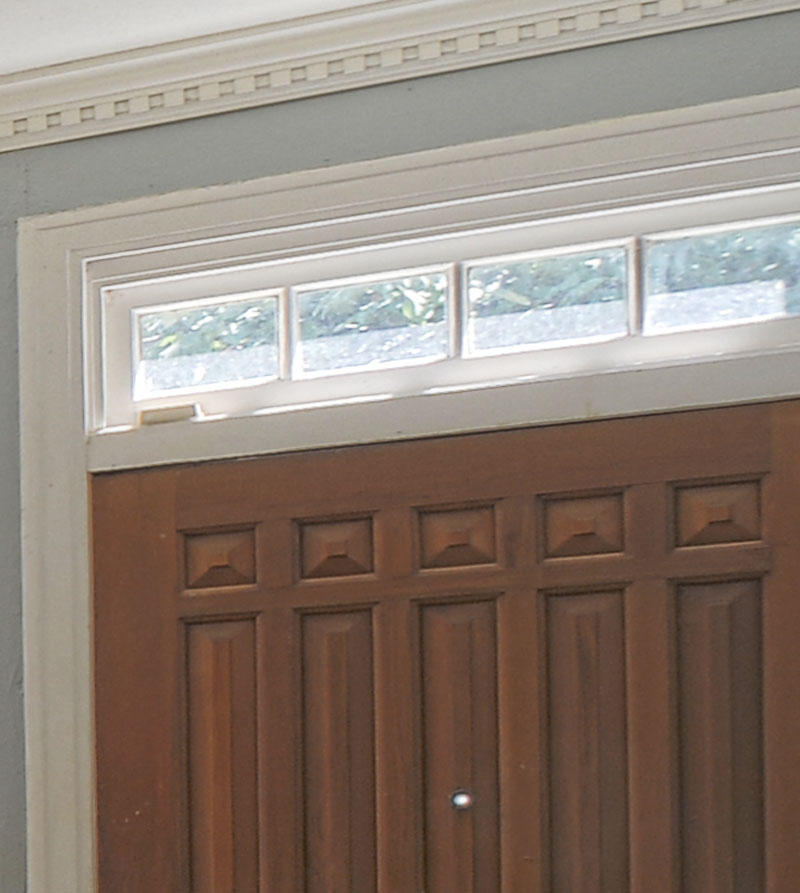
Clarksville
Clarksville is conveniently located just west of downtown. Clarksville is the oldest surviving freedmen’s town west of the Mississippi Rover. The neighborhood was predominately occupied by African Americans for the better part of a century. Given its desirable location, several attempts were made over the years to force the black community to vacate the neighborhood, including denying the neighborhood of city services. However, the will of the community held fast and eventually services were established. The neighborhood was recognized with an historic designation in 1976.
Today, Clarksville’s proximity to downtown and many restaurants, parks and shops makes it one of the most coveted neighborhoods in Austin.
Hyde Park
Hyde Park is a relatively large historic neighborhood located north of The University of Texas. Hyde Park was founded in the 1890’s as Austin’s first streetcar suburb. Initially marketed as an affluent part of town with ornate Victorian architecture predominating, it was later marketed as a “working man’s neighborhood” with a lean towards a more affordable bungalow style architecture.
Hyde Park prides itself on its walkability, with several great dining spots and stores just a quick walk from most homes. There is an eclectic style to the neighborhood reflected in the colors and decor of many of the homes.


Aldridge Place
Aldridge Place is a thriving neighborhood located just north of the University of Texas Campus and just south of Hyde Park. Aldridge Place was Austin’s first premier development, starting in 1910. Several of the homes have special historic designations. Over the years many esteemed UT professors have lived here.
Aldridge Place is an excellent example of the aesthetically driven neighborhood planning of the City Beautiful Movement that became popular throughout the entire country during the first few decades of the twentieth century. This movement was an urban planning initiative led by architects, landscape architects, and reformers that flourished between the 1890s and the 1920s. This idea of organized comprehensive urban planning claimed that design could not be separated from social issues and should encourage civic pride and engagement.